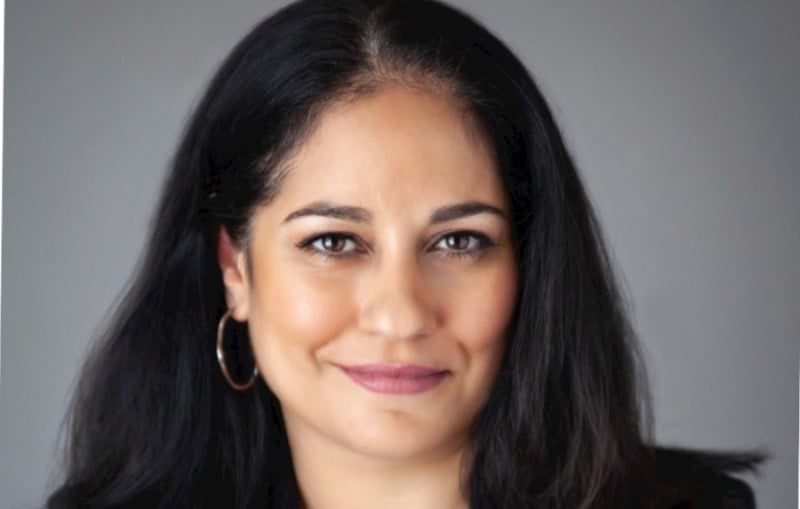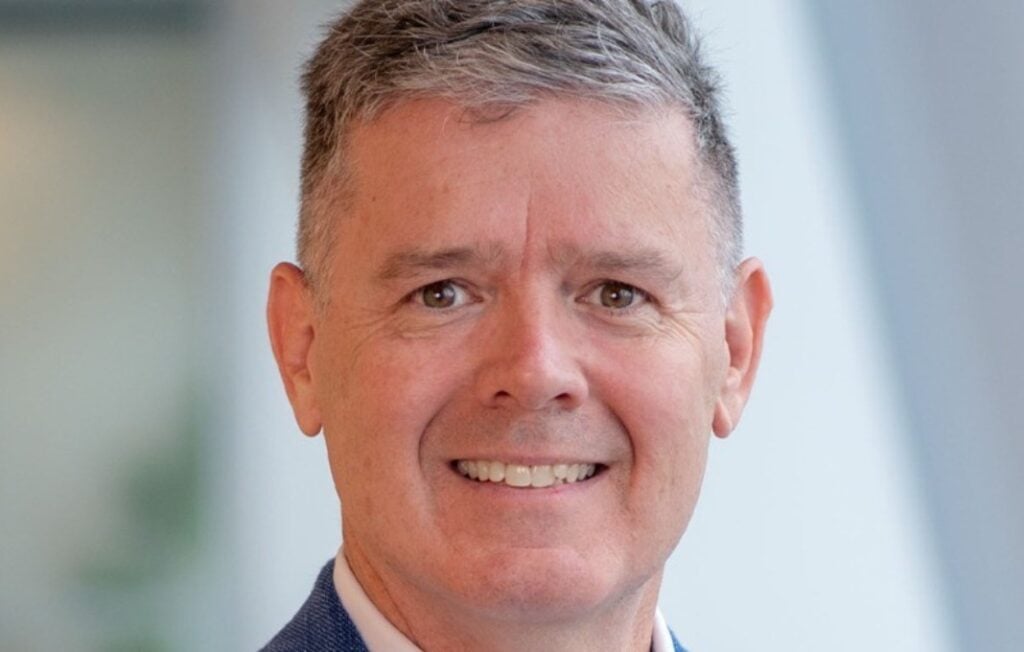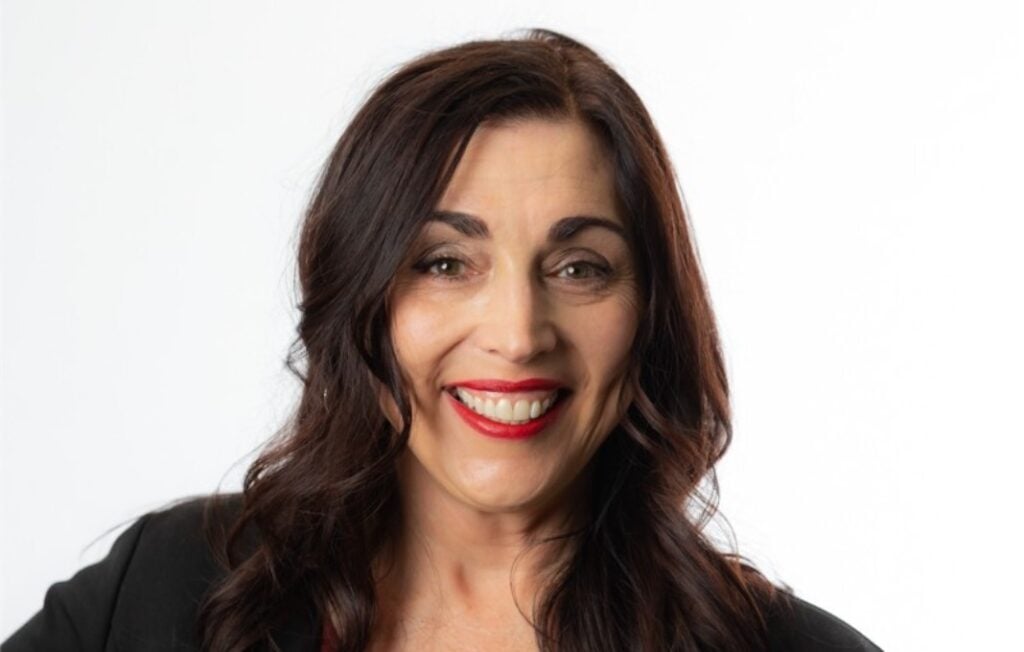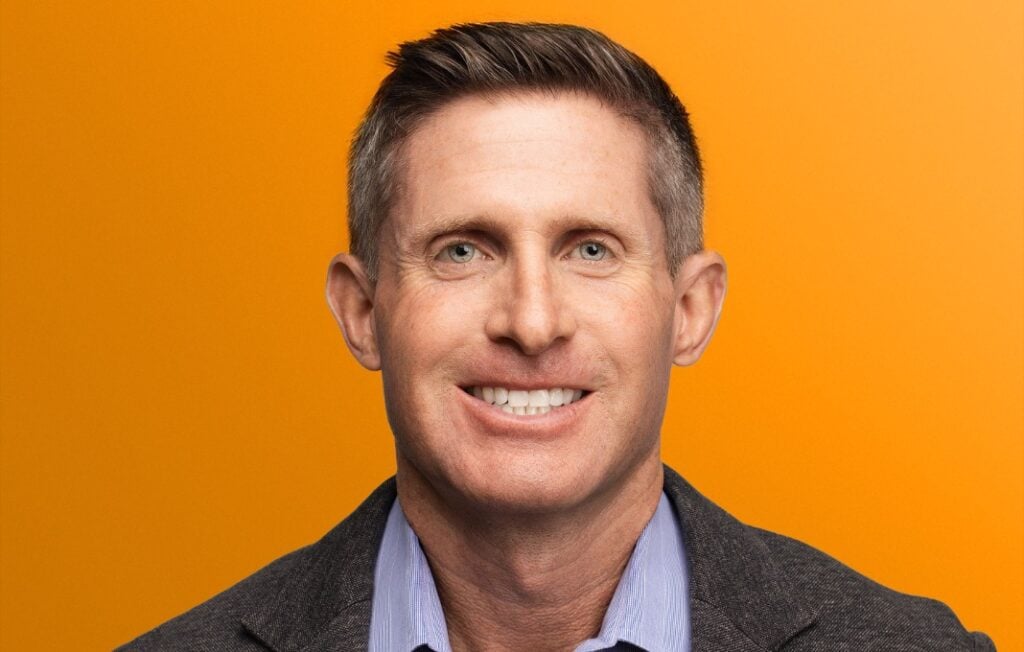After working with companies of all kinds and sizes, Monica Mehta says the thing that really stands out about her current role as chief people officer for Myriad360, a cybersecurity consultancy and integrator based in New York City, is that “we truly walk the walk when it comes to putting people first.”
She spoke with StrategicCHRO360 to share what a people-first strategy really looks like in today’s climate, as well as lessons learned from her career in HR and what she sees for the future of the function.
At Myriad360, what has been your most impactful people strategy so far, and what advice would you offer other HR leaders trying to strengthen organizational culture during times of change?
I’ve had the chance to work with both public and private companies, some with thousands of employees and billions in revenue, and what stands out to me about Myriad360 is that we truly walk the walk when it comes to putting people first. That’s not just a tagline here, you can see it in our business results and in the fact that our voluntary turnover has been less than 5 percent for the last few years.
One of the most impactful strategies we’ve led is really leaning into an employee-first mindset. That means things like zero-cost healthcare, unlimited PTO and regular in-person celebrations, especially with being a remote-first company for the majority of our employees.
We’ve also invested in learning and development with initiatives on defining clear career paths, launching a new LMS system, and recognizing technical certifications so employees feel celebrated and supported in their growth. Tools like Lattice help us keep feedback flowing across teams, which has really helped maintain connection and engagement as we scale.
My advice to other HR leaders is this: Especially when the political climate is going through a lot of change and there is a lot of uncertainty, don’t underestimate the power of trust and consistency. People want to know the company has their back, and if you can create an environment where that’s felt—not just said—you’ll see it pay off in retention, performance and culture that drives business success.
With today’s focus on employee well-being and belonging, how do you believe HR leaders should balance evolving employee expectations with company performance goals? Can you share a recent example of how you’ve navigated this at Myriad360?
Balancing employee well-being with performance isn’t a trade-off; it’s a partnership. At Myriad360, we’ve created a culture where people feel valued, supported and seen—and the results speak for themselves.
We know that well-being and belonging are closely tied. That’s why we recently launched a new ERG for women, are investing in manager development with a specific training on psychological safety and microaggression training, and we actively celebrate Black History Month, AAPI Heritage Month, Women’s History Month and more. These aren’t just check-the-box efforts—they’re built into how we lead, recognize and connect across the company.
As a remote-first team, we also make a concerted effort to bring people together virtually and in person to celebrate wins and build real connection. That belonging translates directly to better collaboration, accountability and client outcomes.
Throughout your career journey—from International Paper to Myriad360—what key leadership lessons have shaped your approach to HR? What advice would you give to up-and-coming HR professionals looking to move into senior leadership roles?
One of the biggest leadership lessons I’ve learned is that your business strategy should drive your people strategy, not the other way around. HR isn’t a separate function off to the side; it’s a partner in execution. The more deeply you understand where the business is going, the better you can design programs, structures, and cultures that actually move the needle.
At the same time, engagement and culture aren’t nice-to-haves, they’re the foundation. You can’t build performance, retention or innovation without trust, belonging and alignment. Everything I do in HR starts with that lens.
Another lesson: Empathy, listening and humility are non-negotiables in leadership. They don’t make you soft, they make you effective. At every level, leaders who can listen deeply, consider diverse perspectives and still make confident, data-informed decisions are the ones who succeed and bring others along with them.
My advice for HR professionals who want to move into senior roles is this:
- Learn the business. Understand the numbers, the drivers, the strategy—and how people decisions affect outcomes.
- Ask better questions. Don’t jump to solutions; listen first and build with others.
- Be brave enough to challenge when needed, but grounded enough to collaborate.
- And finally, focus on impact, not activity. Culture, engagement, DEI—these aren’t side projects. They’re levers for growth when done right.
The HR field is seeing major shifts with AI, hybrid work and skills-based hiring. Which HR trends do you believe will most influence the future of work, and how are you and your team preparing for them today?
The most transformative force in HR right now is AI—hands down. It’s the single biggest differentiator in how we operate today and how we’ll scale in the future. From automating manual tasks to integrating systems so HR teams can spend more time on employee experience instead of administrative overhead, AI is allowing us to shift our focus to what matters most: people.
Beyond AI, I think hybrid work and skills-based development will continue to reshape how we attract, retain and grow talent. As a remote-first company, we’re not just focused on where people work, but how we keep them connected, seen and celebrated.
For HR leaders, the future is about staying adaptable: embracing technology without losing the human touch and designing experiences that meet people where they are at while aligning to business goals. That’s where the real opportunity is.







